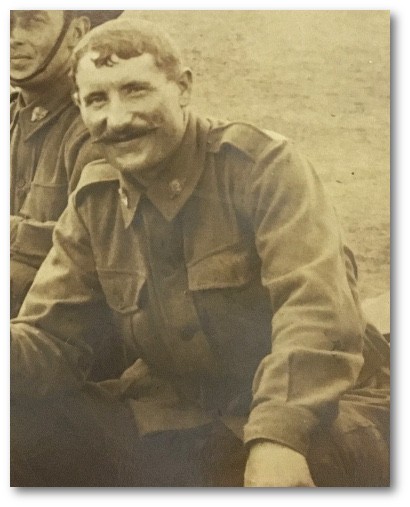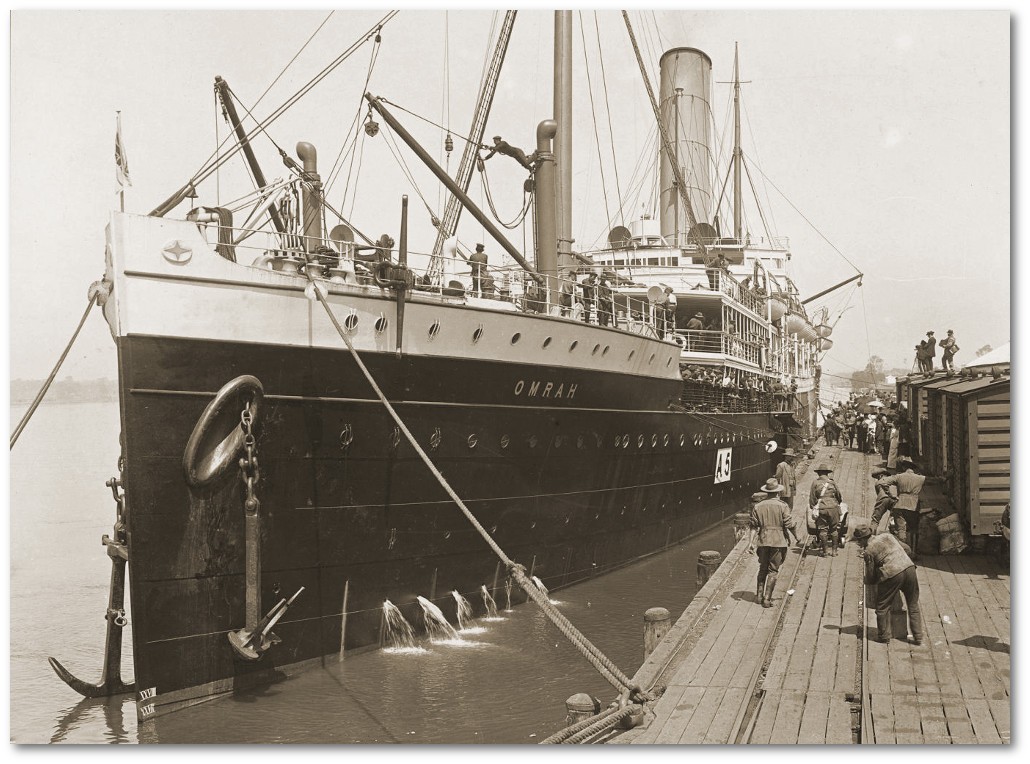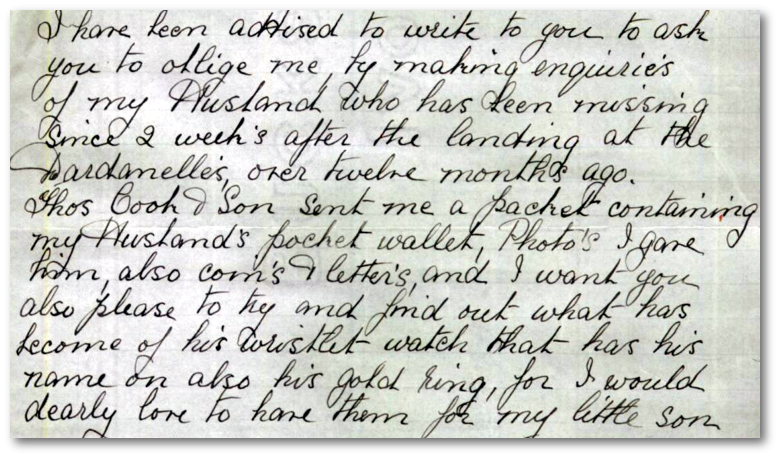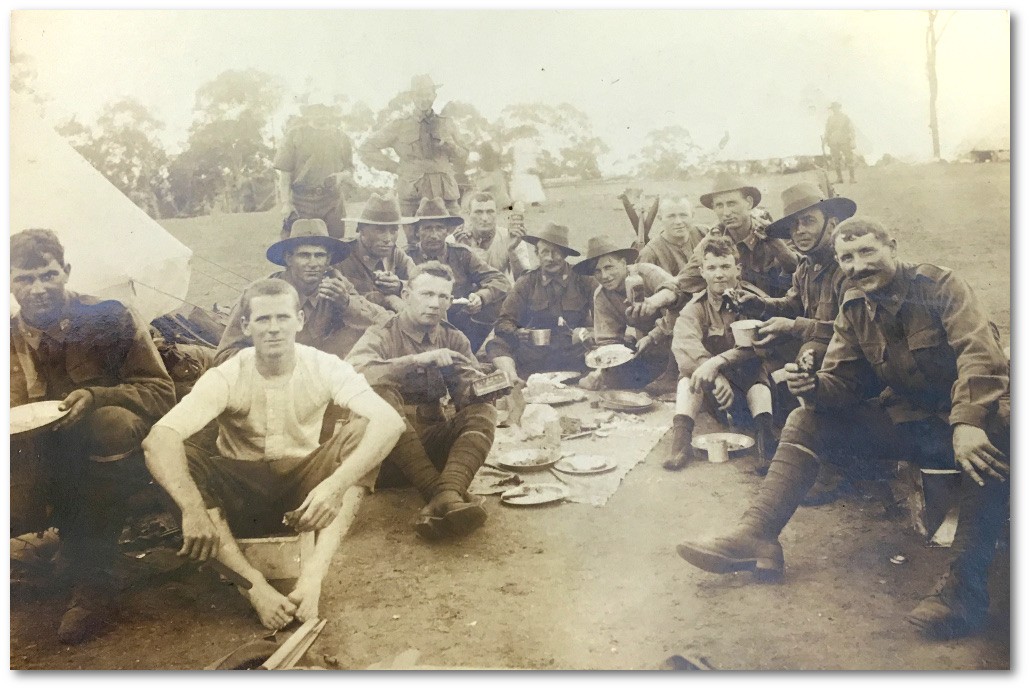My dear one
By Marg Powell, Specialist Library Technician, Metadata Services | 29 January 2016

William 'Bill' Walsh, 9th Infantry Battalion, Enoggera, 1914. 28702, Group photograph of recruits at camp during World War I, State Library of Queensland
What motivated Bill Walsh to be one of the first to enlist, to serve in the Great War? Patriotic enthusiasm - adventure and glory - five meals a day - employment - social circumstances ?
Bill came from Brisbane, where he lived with his wife Lillian and their baby son Jack, and at age 33 would have been considered quite old an old recruit to go forth to war.
The State Library of Queensland has a photograph of William John Walsh, having a meal with his mates, at the training camp, Enoggera Barracks, before embarking for service overseas, on the back is inscribed "My dear one".

Troop Transport Omrah (A5) taking on troops at Pinkenba Wharf, Brisbane, c1915. Image courtesy of the Australian War Memorial Accession H02223
William Walsh was among the first to enlist, and one of the first to die, on the day of the landing, 25th April 1915.
Lillian Walsh wrote to the Commonwealth Base Records Office in Melbourne seeking, like many other families, information on whether her husband was still listed as ‘missing or a prisoner of war’ or assumed dead, ‘killed in action’, and where his belongings were located.

Extract of letter from Lillian Walsh, 1916. Courtesy of the National Archives of Australia, Series B2455, Item ID 8361377, page 18
Through the Red Cross Wounded and Missing records we can see that a Battalion Court of Enquiry was held, to determine his fate, as was the practice for any soldier who could not be accounted for.
Witness statements describe the day:
“Walsh was in the charge up from the beach … he was missing on the first roll-call. About a week later a Turkish prisoner was captured and Walsh’s disc was found on him. “
Major A.G. (Sally) Salisbury, the officer in charge of A Company on that day, reported to the enquiry that the Turks took no prisoners on the day of the landing.
In the first few hours of the operation many officers of the 9th Battalion also became casualties. Salisbury was given temporary command, he directed the Company and although wounded, remained on duty until their position was stabilized.
Lillian Walsh's letter prompted the office to investigate, and finally it was confirmed, that the Court of Enquiry found he had been ‘Killed in Action’. As for his personal effects, the office supplied the following curt reply
“as it is more than likely he had them on his person, they will never be available”.
Shortly after her enquiry, Lillian and their son Jack were granted a small pension.
Bill Walsh had worked as a tinsmith before he joined the fight overseas, he left behind a family that after his death, had to fend for itself. Lillian, a nurse, brought up four children, she lived until she was 94.
Read more ...
- Stanley, Peter. Lost boys of Anzac, 2014
- Harvey, Norman K. From Anzac to the Hindenburg Line: the History of the 9th Battalion A.I.F., 1941
- Service record: Walsh, William
- Australian Red Cross Wounded and Missing Files
- Unit War Diary: 9th Infantry Battalion
Comments
Your email address will not be published.
We welcome relevant, respectful comments.
